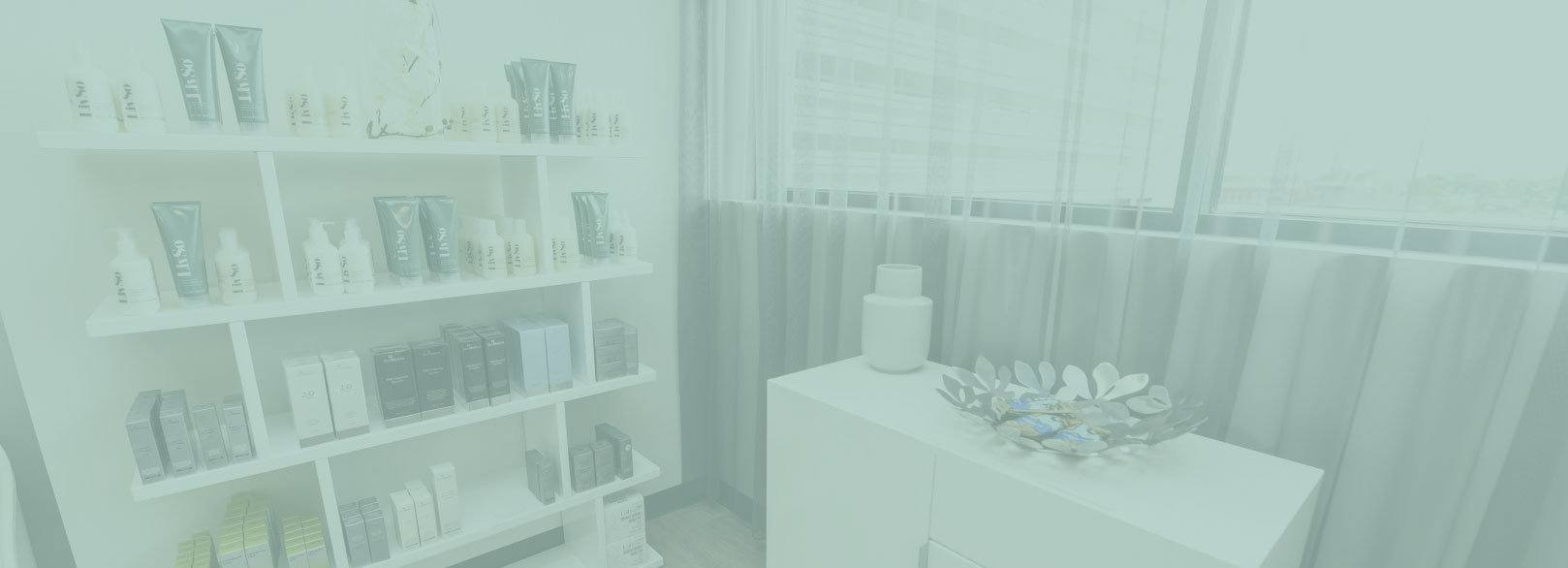17 Apr Dyshidrosis
Dyshidrosis in Columbus, OH
Dyshidrosis is a skin condition that causes small blisters on the soles of the feet, palms of the hands and sides of the fingers. If you live in the Greater Columbus area, find treatment for dyshidrosis at Downtown Dermatology, home of board-certified dermatologist Dr. Shari Hicks-Graham.
What is Dyshidrosis?
Dyshidrosis is also known as “pompholyx” and “dyshidrotic eczema.” The skin condition is noted by the appearance of small blisters on the sides of the fingers, palms of the hands or soles of the feet. Other symptoms include an intense itching and scaly skin. For most patients, the symptoms only last about three weeks, but the blisters may return before the area is completely healed.Anyone can experience dyshidrosis, and the exact cause is unknown. Certain factors do place you at greater risk for developing dyshidrosis, such as:
- Sensitive skin
- Stress
- Atopic eczema
- Working around certain types of metals, such as nickel and cobalt
Dyshidrosis Treatment Benefits
Dyshidrosis is a chronic condition that requires treatment to effectively restore long-term skin health. If left untreated, the small blisters may expand to form larger, more painful blisters and the itching may intensify. Scratching the area may break the skin, thereby increasing the risk of infection and prolonging the healing process. In severe cases of dyshidrosis, the patient may be unable to use their hands or walk. Once the blisters heal, the underlying skin can be very tender. Patients who meet with Dr. Hicks-Graham find relief from the symptoms that can last months or even years.
What Areas Can Be Treated for Dyshidrosis?
As a board-certified dermatologist, Dr. Hicks-Graham can treat dyshidrosis that occurs on the hands and feet, the two areas of the body where the condition occurs.
What Can I Expect From Dyshidrosis Treatment?
Dyshidrosis is treated in a variety of ways depending on the severity of your case. The most common methods of treating dyshidrosis are:
- Ointments that suppress the immune system
- Corticosteroid injections
- Botulinum toxin (i.e., Botox®) injections
- Phototherapy
You can also reduce the effects of dyshidrosis at home by:
- Using witch hazel
- Applying moist, cool compresses
- Taking non-prescription antihistamine medications
Dyshidrosis Treatment Preparation
A consultation with Dr. Hicks-Graham will give you the accurate diagnosis you need to receive effective treatment for your dyshidrosis. You should be prepared to discuss your medical history and any circumstances that may expose you to triggers for dyshidrosis. Dr. Hicks-Graham will also ask about any measures you have taken at home to alleviate the symptoms, as well as specific questions about the location and severity of your symptoms.
Dyshidrosis Treatment Recovery
Treatment for dyshidrosis may take some time, so you should be patient and take steps to prevent the condition from worsening or recurring. We recommend that you:
- Use high-quality moisturizer on your skin
- Use mild soaps to clean your hands and dry them completely
- Wear gloves when working around metals
How Much Does Dyshidrosis Treatment Cost?
Treatment for dyshidrosis is covered by most medical insurance policies. As the policyholder, you are responsible for a portion of the cost that may include a co-payment, deductible or co-insurance. We will collect your co-payment at the beginning of your appointment. After we submit the claim to your insurance and receive a final determination of coverage, you will need to pay the remaining balance via cash, check or major credit card. If you are interested in financing your portion of the treatment cost, you can apply for CareCredit®.
Is Dyshidrosis Treatment Right for Me?
The symptoms associated with dyshidrosis can last for months or even years. If the condition is not properly treated, you are at risk for infection and potentially limited use of your hands and feet. We recommend that you have Dr. Hicks-Graham evaluate your blisters to determine if you have dyshidrosis or another type of skin condition.
Dyshidrosis Consultation
The blisters, tenderness, and itching associated with dyshidrosis can be uncomfortable at best and debilitating at worse. If you would like to find out how board-certified dermatologist Dr. Hicks-Graham can help with your dyshidrosis, contact us to schedule a consultation.Finding small blisters on your hands or feet may not seem like a significant concern. If the symptoms last for three weeks or longer, you should be evaluated at Downtown Dermatology, serving the Greater Columbus area. Board-certified dermatologist Dr. Shari Hicks-Graham has the expertise you need for effective treatment of dyshidrosis and other skin conditions.


